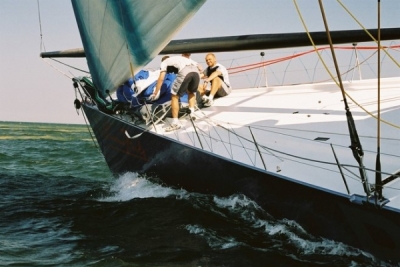
Bridging Age Gaps
Yachts are filled with crew who come from all different walks of life. Some are young twenty-somethings who joined the industry during their gap years and loved the lifestyle enough to turn it into a career, while others are industry veterans who have enjoyed years in yachting. A number of yachties became so because they felt unfulfilled in their office jobs and opted for something more exciting. This cocktail of crew often means Captains are leading a yacht filled with personnel of varying ages. Getting the crew to get along will be the success of the vessel, so how do Captains and HOD’s bridge the age gaps of the crew?
They say, “Age is nothing but a number and a state of mind,” but it’s a pretty hard pill to swallow when you, as a seasoned seaman, have to take orders from a superior who is the same age as your child. Harder still is being the young superior; in charge of an entire department of crew, some of whom have been working longer than they’ve been alive.
Walking the ‘age over expertise’ tightrope is tricky. The last thing you’d want to do is offend someone but business is business.
A younger HOD may have been hired because their training and skill set surpassed those of other applicants who might have been older, this is something older crew members must learn to accept. In the same breath; HOD’s who are also superior in age will not respond well to obnoxious, adolescent yachties.
The key to dealing with generational gaps is respect. If you can successfully get your crew members to respect one another, the positions they hold on the yacht, and the crucial contribution each of them make; then you will have succeeded.
It is no easy feat managing a team to work harmoniously. Getting your crew to relate along age lines will be a challenge but it is not impossible. As Captain you should plan team building exercises in order to get the crew comfortable working together. Team building will also help the crew identify each others’, as well as their own strengths, and play to those. Planning crew dinners and outings is also a great way to reward the team for their hard work. You’ll begin to see their individual personalities shine through. The more you know about your crew, better you will lead them because your insight will be greater.
Bottom line; all teams work the same. Age differences, cultural diversity, opposing genders; all can learn to work together if respect, compromise and cooperation are practised.
